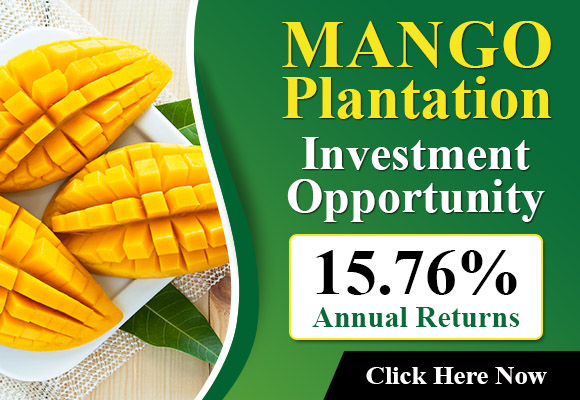The cultivation of lettuce is always changing thanks to the advancements in technology and the rising demands for more sustainable and effective techniques for farming. Traditional outdoor cultivation faces ever-growing challenges, and ways of growing like hydroponics is increasing appearing as a viable alternative. In the Discovery Field Days in Twisk, Netherlands, Enza Zaden showcased their range of Bremia-resistant varieties of iceberg salad suitable for cultivation outdoors. Within the greenhouse for hydroponics, people could observe Enza varieties of lettuce which grow quickly at a very high levels.
Peter Conijn and Senior Breeder Hydrosla, at the head of Hydrosla
Resistance is a key element in the production process for the leafy crop. One thing is for sure the benefits of resistances are a huge benefit to growers with regards to yields and the risk of cultivation. As for the partners of the supply chain for fresh produce Resistances are high-quality items that have a longer shelf-life. In addition that they provide the consumer healthier and non-chemical produce, thus reducing the risk of shortages of food. In the Discovery Field Days, visitors could see over 90 Bremia-resistant varieties on the field demonstrations and take part in the Bremia Conference which is an interactive demonstration on the effectiveness of resistance breeding to fight Bremia lactucae (downy mildew). Additionally, within the range of leeks and spinach, Enza showed reliable varieties that have a complete resistance program.
Bremia resistant variants are available in Twisk
In Enkhuizen close to the Enza Zaden Head Office, visitors can observe the hydroponic crop within the new 1400 square m hydroponic greenhouse. The greenhouse is home to over 67 trials this year. Enza showcased new varieties that work for cultivation with high density, including options for harvesting the loose leaves of lettuce (12-15 cm) as well as leaf lettuce heads.
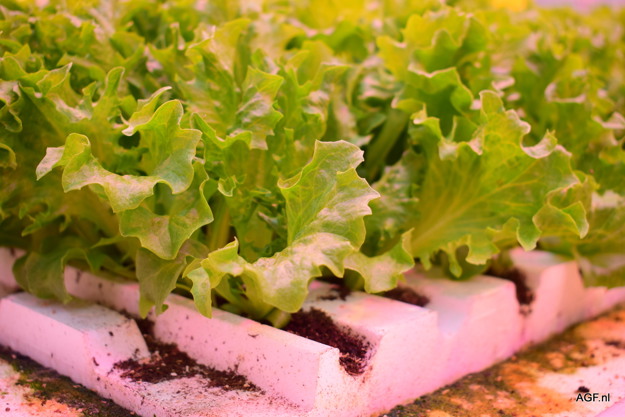 Hydro lettuce is cultivated on floating mats. the procedure of sowing and harvesting can be fully automated.
Hydro lettuce is cultivated on floating mats. the procedure of sowing and harvesting can be fully automated.
The hydroponic method is a means of cultivating crops in waters instead of on the open field. The interest for this innovative method of cultivating is growing. The USA is the leader in this field and this method of cultivation is also growing in Scandinavian as well as Arab nations. In light of the rising cost of energy in these countries it is possible for hydroponics to become profitable.
However, beyond the energy cost Hydroponics has many benefits, particularly for those who purchase. Peter Conijn, Senior Breeder Hydro lettuce: “The continuous supply of similar quality is of immense value for buyers. In spring of last year, for instance it was a lack of spinach in the stores due to the rainfall, an issue that could have been avoided by growing hydroponically. ”
A more efficient cultivation of mixed lettuce. On the left is the flavorful brassica is rapa, which can be mixed right after harvesting with multi-colored and colored leafy lettuce varieties already mix during sowing.
Hydro greenhouses have modern systems, such as automated harvesting, sowing and sowing methods. The human hands are not involved in the process of hydroponics. This improves efficiency but also prolongs time of storage for produce. According Peter Peter that the crops produced by the greenhouse remain fresh for as long as 11 days with only minimal leaf oxidation since leaves are harvested automatically, and don’t require being cleaned. “In the moist, full soil the fungi rapidly grow on the leaves and must be fought. Clean hydroponic environments reduce the threat of disease and pests, thus reducing the requirement to spray pesticides. In the USA the United States, it is even under organic farming. ”
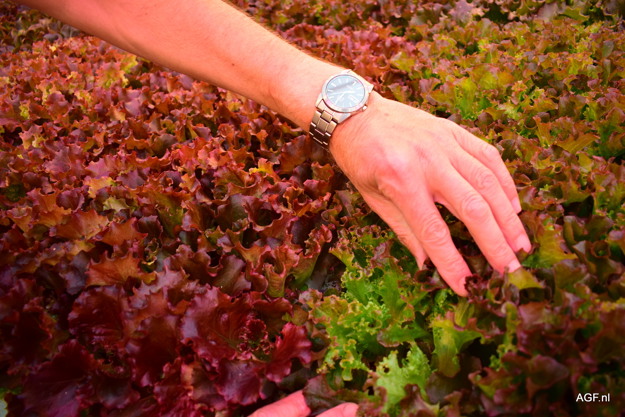 The color red color extends deep down the vein
The color red color extends deep down the vein
The thing that stands out is the vast array of items produced by hydroponics. As an example, Enza Zaden offers several kinds of lettuce, with various leaf shapes and colors as well as heads as well as loose leaves. It takes a lot of effort to produce lettuce leaves that possess an aged taste that is typical of a head. In the US leaves that are crispy and loose leaves are sought-after as are the leaves of lettuce in Europe the heads of lettuce, including tri-leaf lettuce, are in high demand, Peter says.
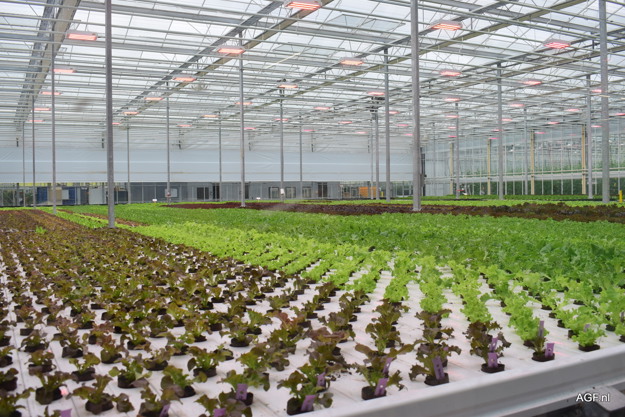 A new facility that mimics field conditions will be open during the month of November.
A new facility that mimics field conditions will be open during the month of November.
Enza invests heavily in hydroponics. There is a brand-new plant under construction, which is modeled after fields conditions. The move will enable their hydroponics to improve in response to the growing demand from the market. As per Enza Zaden, hydroponics has the potential to be a viable option, and not just an expense-benefit analysis. “This technique is not only flexible but it is also extremely flexible in terms of costs as well as yield. The hydroponic method allows you to plan well for production throughout the year. Furthermore, hydroponically grown lettuce can be sold ecologically and hygienically, as well as with a high-quality throughout the year,” Peter explains the benefits.
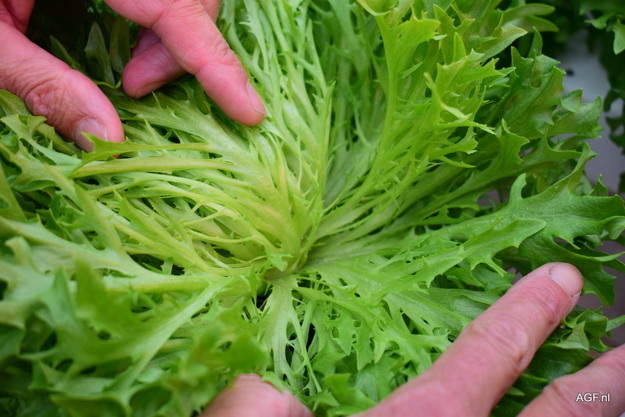 easy head lettuce, leaf with cuts that are deeply cut, provides lots of leaves that are loose and have a small cutting surfaces
easy head lettuce, leaf with cuts that are deeply cut, provides lots of leaves that are loose and have a small cutting surfaces
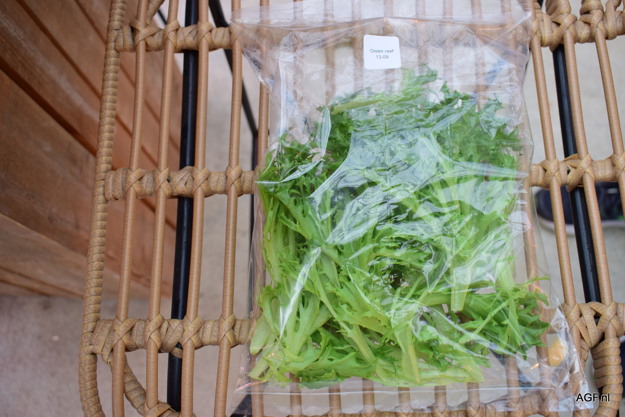 These leaflets were picked just 11 days ago, and they have very little evidence of oxygenation
These leaflets were picked just 11 days ago, and they have very little evidence of oxygenation
Organic new types in Vitalis Voorstt in Voorst
This organic range of lettuces includes newly introduced iceberg grasses, which have bremia resistance that is 100% and even more colour has been added the collection with the introduction of the new green leaf and an red cabbage.
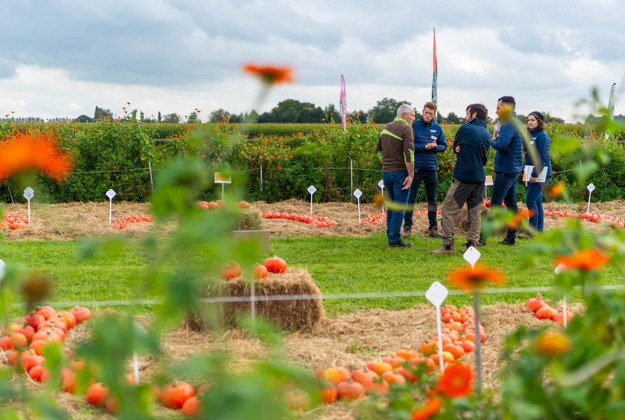 Pumpkin field Voorst
Pumpkin field Voorst
The Discovery Field Days at sister company Vitalis in Voorst on the field of demonstration as well as the whole organic outdoor selection as well as is the crop strip. This is a 6 year research and development project that is in collaboration together with Wageningen University where plant interactions with the strip-crop cultivation system are pollinated.
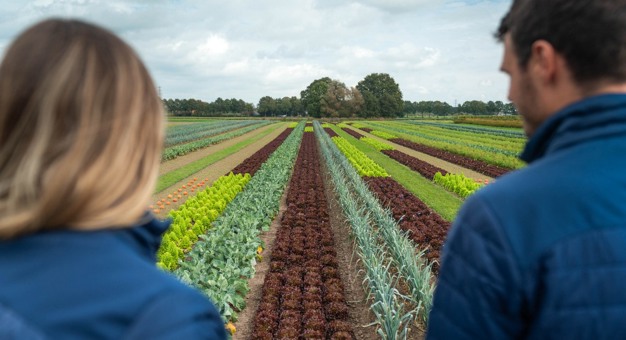 The strip cultivation of Voorst
The strip cultivation of Voorst
In the Discovery Field Days, Vitalis Organic Seeds also marked its 30th anniversary. Vitalis Organic Seeds was founded in 1994. It was born out of a desire to create the future of organic agriculture, in conjunction with chain-party events. It was 1998 when Vitalis together with Enza Zaden have joined forces, and today Vitalis makes up Enza Zaden. Enza Zaden clan. In the heart of their expertise in Voorst it was a showcase of the achievements over the last thirty years were displayed.
To learn more about HTML0:
 Enza Zaden
Enza Zaden
+31 (0)228 350100
[email protected]
www.enzazaden.com
Source: The Plantations International Agroforestry Group of Companies
